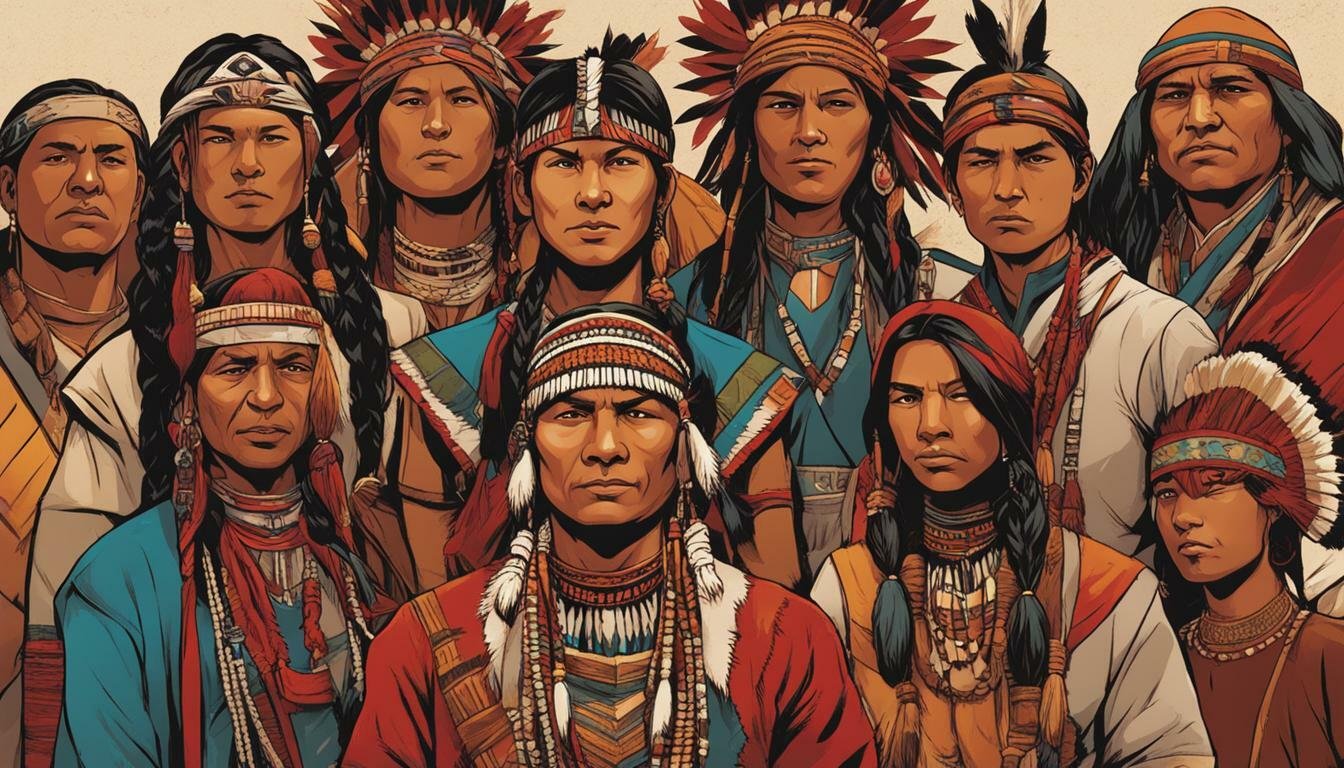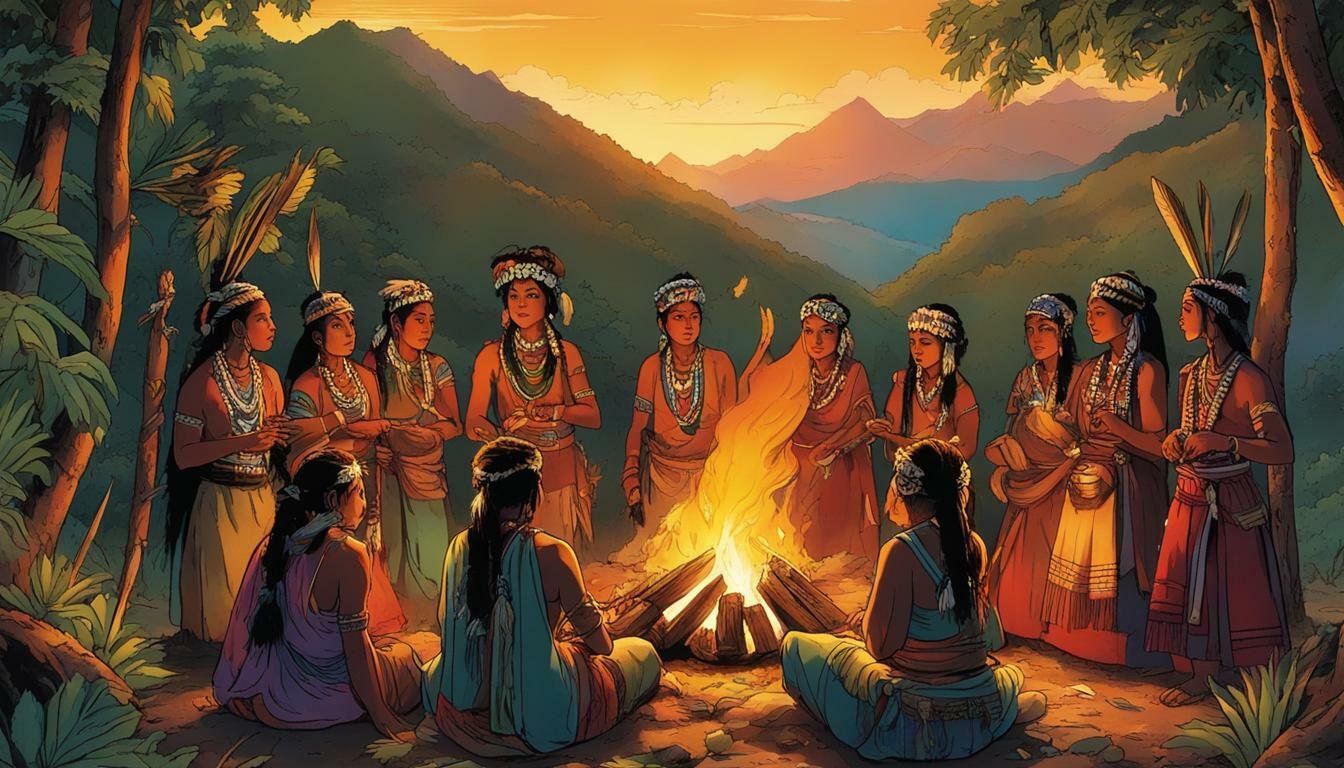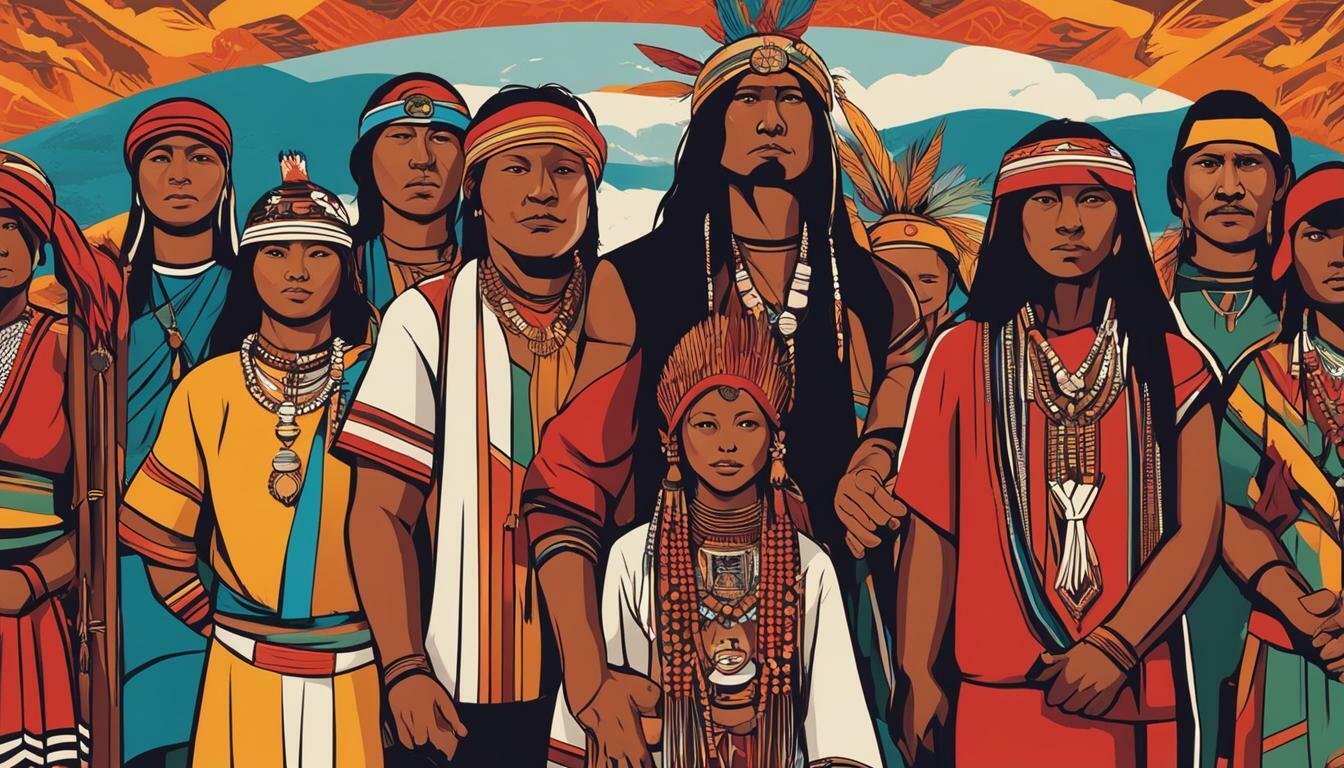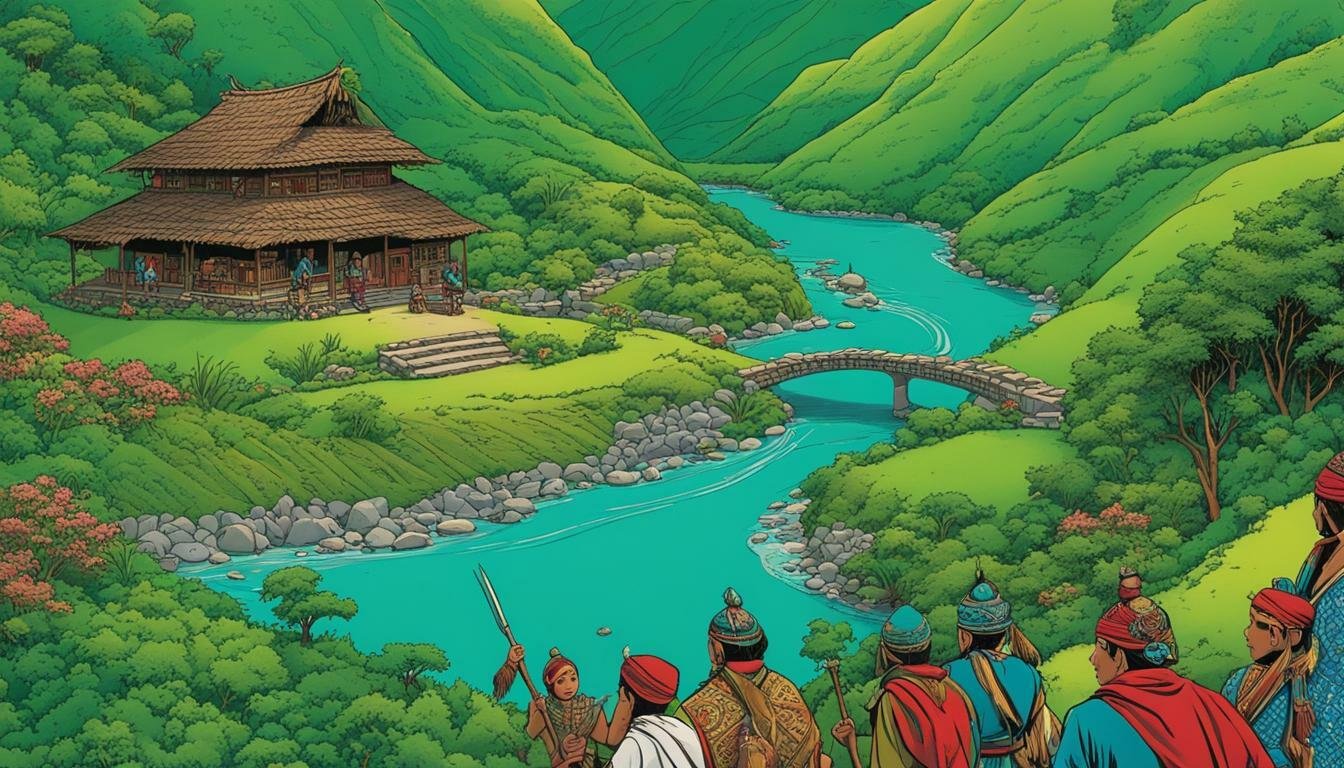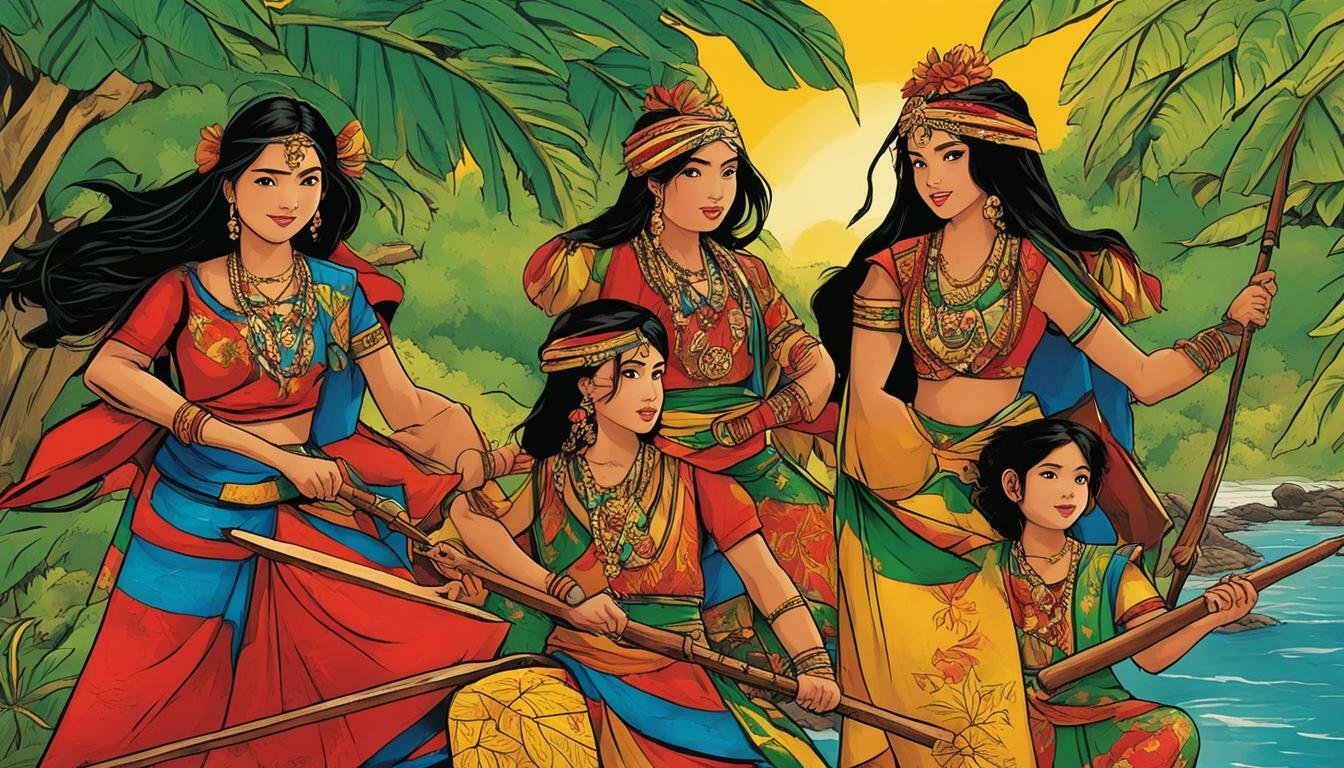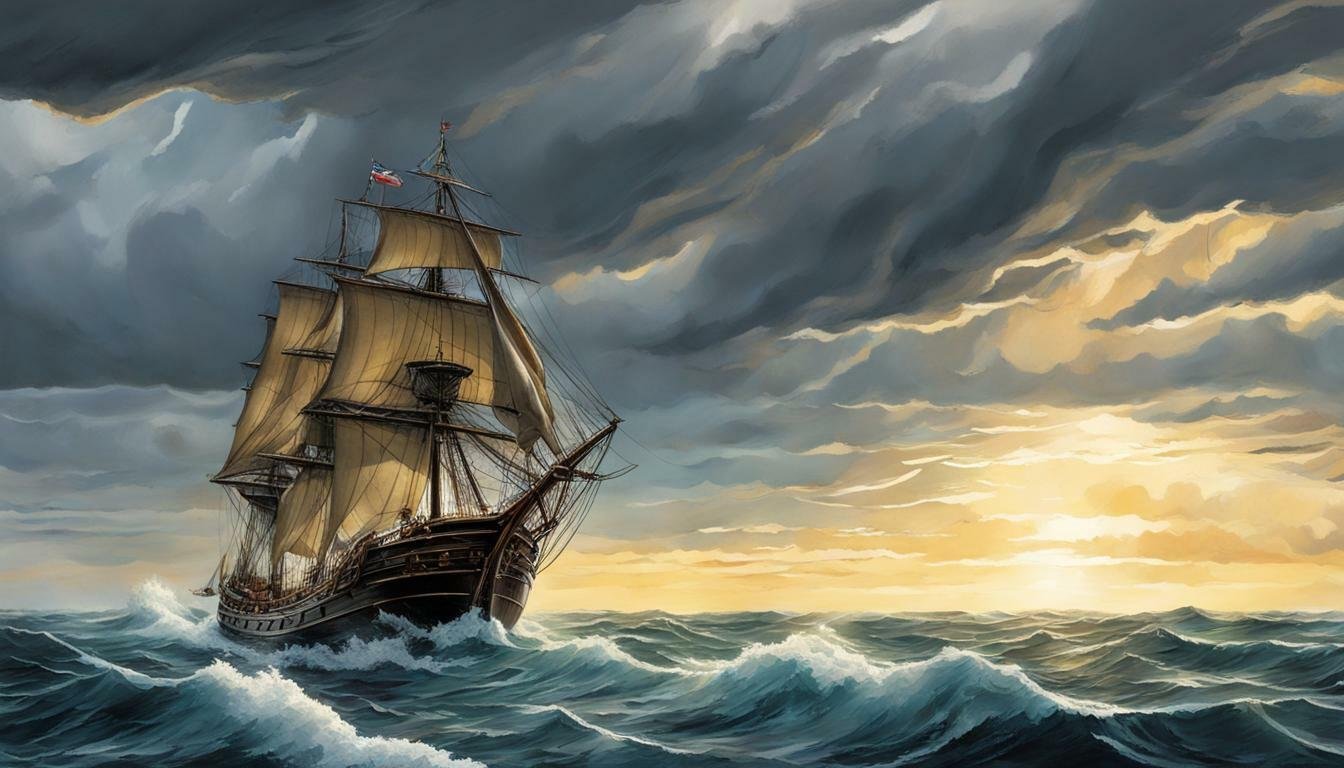The Philippines, a nation comprising over 7,000 islands, is a vibrant tapestry of cultures and languages. Among this rich linguistic diversity Philippines is the Mamanwa language, spoken by the Mamanwa people, one of the numerous indigenous groups scattered across the archipelago. Often classified among the Negrito peoples of the Philippines, the Mamanwa hold a unique…
Los Pintados: Indigenous People’s Art of Tattooing
The islands that would one day form the nation of the Philippines were, for centuries before the arrival of European colonizers, home to diverse and vibrant indigenous cultures. Among the most visually striking were the inhabitants of the Visayas region, who greeted the first Spanish explorers with bodies covered in intricate, dark blue patterns –…
National Commission on Indigenous Peoples (NCIP)
The establishment of the National Commission on Indigenous Peoples (NCIP) in the Philippines marked a pivotal moment in the country’s approach to its diverse and historically marginalized Indigenous Peoples Philippines. Created by virtue of the Indigenous Peoples’ Rights Act of 1997 (IPRA Law), the NCIP is the primary government agency mandated to protect and promote…
Ivatan Language of the Philippines
The archipelago of the Philippines is renowned for its stunning natural beauty, vibrant culture, and perhaps most significantly, its incredible linguistic diversity. Scattered across its more than 7,000 islands are hundreds of distinct languages, each a repository of history, tradition, and unique ways of understanding the world. Among these is the Ivatan Language, spoken by…
Kankana-ey Language of the Philippines
The Philippines, an archipelago of over 7,000 islands, is a tapestry woven with diverse cultures and languages. Numbering over 180 distinct tongues, the Languages of the Philippines reflect a complex history of migration, interaction, and adaptation. Among these linguistic treasures, nestled high in the mountains of Northern Luzon, is the Kankana-ey Language (also spelled Kankanaey…
Kapampangan Language of the Philippines
The Philippines, an archipelago of over 7,000 islands, is a vibrant tapestry of cultures and languages. Among the most prominent and historically significant ethnolinguistic groups are the Kapampangans, primarily inhabiting the province of Pampanga in the Central Luzon region. At the heart of their distinct identity lies their language: Kapampangan, affectionately known as Amanung Sisuan,…
Indigenous Peoples’ Rights Act (IPRA) of 1997: A Comprehensive Overview
The Indigenous Peoples’ Rights Act (IPRA) of 1997, officially designated as Republic Act 8371, stands as a landmark piece of legislation in the Philippines. Enacted during the administration of President Fidel V. Ramos, this comprehensive law sought to recognize, protect, and promote the rights of the country’s Indigenous Cultural Communities (ICCs) / Indigenous Peoples (IPs)….
Isneg Language of the Philippines
The Philippine archipelago is a tapestry woven with hundreds of distinct languages and cultures, each contributing unique threads to the nation’s identity. Among these linguistic gems is the Isneg language, also known as Isnag, the ancestral tongue of the Isneg people who predominantly inhabit the northernmost reaches of the Cordillera Administrative Region, specifically within Apayao…
Karay-a Language of the Philippines
The Philippines, an archipelago of over 7,000 islands, boasts a breathtaking diversity of cultures and languages. Among these linguistic treasures is Kinaray-a, often referred to as the Karay-a Language, a significant member of the Visayan languages group spoken primarily in the province of Antique on Panay Island in the West Visayas region. More than just…
Exploring the Journey of Juan Sebastian Elcano: Discover More.
The vast tapestry of Philippine History is woven with threads of indigenous resilience, cultural exchange, colonial struggles, and the relentless pursuit of identity. Among the most pivotal and often debated moments is the arrival of European explorers in the early 16th century. While Ferdinand Magellan often dominates the initial narrative, the story of the first…



